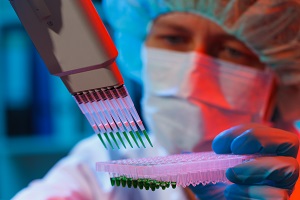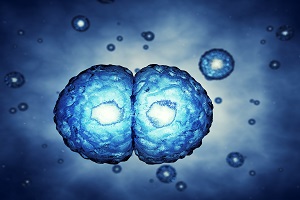An epileptic seizure is an abnormal electrical discharge in the cortex or brain stem, which causes a variety of neurological symptoms. It affects about 5% of people, and in most cases it is an isolated phenomenon. There is talk of epilepsy only if the phenomenon is repeated, which occurs in about 0.5% of the population.
The isolated seizures are often linked to alcohol and drugs or sleep deficit. They are also connected with two disturbing elements within the brain, such as tumors or aneurysms. In fact all factors that increase the excitability of nerve cells and inhibit their spontaneous firing. In these cases the excess electricity flows into the seizure, but it is an exceptional event. In epilepsy idiopathic, however, lacking obvious causes for the continuing crisis. Often the first they occur between childhood and adolescence, in genetically susceptible individuals.
The diagnosis of the disease requires an evaluation of the clinical history of the subject and symptoms. As the crisis resulting in loss of consciousness, even external observations of third parties are necessary. The electroencephalogram allows to detect any alterations in brain electrical activity, sometimes also present in the absence of symptoms. MRI and CT scans, however, possible to identify the most important traces of the disease and any specific causes.
If doctors ascertain the diagnosis of epilepsy, we proceed with the drug treatment. Antiepileptic drugs are used to stabilize the electrical activity of nerve cells, so as to block any discharges. The therapy helps to reduce symptoms and help patients in a normal way, but does not act on the causes. In addition, the drugs can be problematic during pregnancy, with consequent lowering of dosages.
In 20% of cases the drugs are insufficient. It is therefore resort to surgery, whereby it removes the cerebral region from which depart from the crisis. This requires that the region is easily identifiable, so as not to cause neurological damage in removing it.
In drug-resistant cases, and in those in which surgery is not recommended, it can also act with the stimulation of the vagus nerve. It is less effective than surgery and involves the installation of a pacemaker in the brain. It connects with the left vagus nerve, which carries the stimuli from the viscera to the brain. Its stimulation makes the brain less susceptible to crises, even if you do not yet know why.
Add a comment





